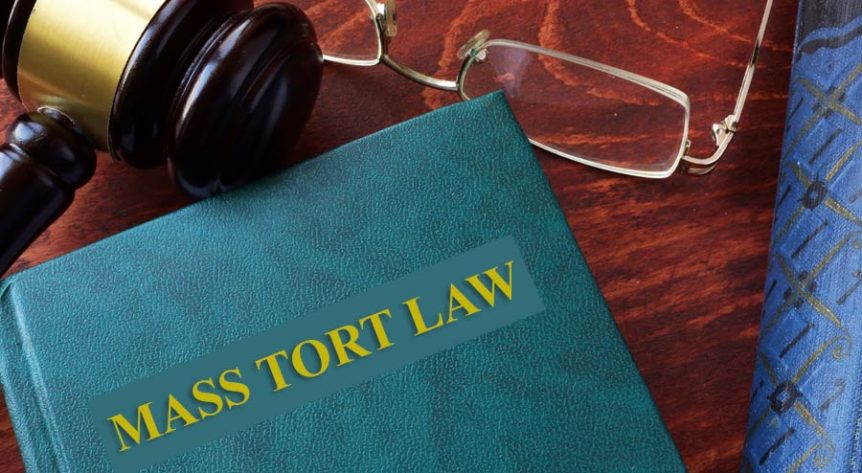Mass tort law is tricky but well worth the fight. Some companies and businesses breach a basic duty of care against large amounts of people. These torts can either be intentional or they can be unintentional.
These situations need to be remedied through litigation and need to be prevented in the future, so other people aren’t harmed, injured, or suffer wrongful death. Mass tort law is an important aspect of law that keeps businesses in check and ensures that personal injury is compensated for with a fair settlement.
That’s why, even as a plaintiff,with the backing of a law firm support form experienced mass tort attorneys, it’s important to know the difference between a class action lawsuit and a mass tort lawsuit as well as the different types of mass tort cases that come up in court.
The Difference Between a Class Action Lawsuit and Mass Tort Lawsuit
Class action lawsuits and mass tort litigation are often used interchangeably but they are, in fact, two different types of lawsuits.
Tort Law
Torts are when someone causes you harm or violates you. Torts can mean you’ve been hurt physically, mentally, or even that your property has been damaged by someone else.
Not all torts are criminal offenses, but there’s still justice that’s deserved. This time it’s in the form of monetary compensation for medical expenses and even pain and suffering you’ve gone through during this ordeal.
Mass Tort Law
Mass tort litigation is when a tortfeasor (someone who commits a tort) has injured several people. Instead of having several individual lawsuits, the victims combine forces against the offender.
During mass tort litigation, each person is treated as an individual fighting against the business. Each person has been harmed by this defendant, but the injuries might not be the same between the group of plaintiffs.
The plaintiffs in a mass tort litigation just go to court together, despite having different disputes with the defendant.
For example, a company dumped toxic waste in the river that a town gets its drinking water from. The company was trying to save some money by cutting legal and ethical corners, which made most of the town sick with different illnesses.
Mass tort cases haven’t been around that long. Lawyers started taking mass tort lawsuits to civil court in the ’60s, to fight for those injured in airplane crashes. These tort cases have only been around for about 50 years.
Class Action Law
Class action lawsuits are very similar to mass tort but there’s usually a bigger group of people who’ve acquired the exact same injury because of the defendant.
So, there’s only one lawsuit against the defendant, instead of several. But one person acts as the representative of the group.
Using our example earlier, let’s say that the toxic waste in the river caused a group of people to have the same type of illness. They could come together for a class action lawsuit in civil court.
Both class action lawsuits and mass tort lawsuits were created to cut down on the time spent in court against one defendant that’s being sued.
Common Types of Mass Tort Lawsuit

There are different types of mass tort lawsuits and each case is different. The main three types of mass tort include:
- Consumer Product Claims: Consumer product claims are when a product is defective in some way. This defectiveness has caused harm to almost everyone who’s bought the product.
- Environmental Claim: An environmental tort claim is when a company has contaminated the environment somehow. This can include oil spills or dumping hazardous chemicals into drinking water. These unsavory acts can cause illness or death, sometimes even decades to come.
- Pharmaceutical Claim: A pharmaceutical claim is when a drug company has put medicine out to the public that causes serious life-altering side effects, including death.
Key Elements for a Mass Tort Lawsuit
Just like any other lawsuit, there are important factors that make up a lawsuit against a company or business that’s hurt numerous people.
These elements are imperative if you want to win your lawsuit.
These elements include:
- Duty of Care: It must be proven that the defendant in your civil case owes you a duty of care. For example, say a pharmaceutical company releases an anti-depressant that causes those taking this medication to fall seriously ill or even die. The pharmaceutical company, by putting this medication out to the world, is supposed to give you a medication that helps you, not hurts you. That’s the company’s duty of care.
- Breach of Duty of Care: Next, you have to prove that the duty of care was breached. The pharmaceutical company breached its duty of care by putting this medication out into the world.
- Causation: For a successful lawsuit, there has to be a clear line of causation. This means you have to prove that the anti-depressant is what caused your sickness and that there couldn’t possibly be any other causes of this stated sickness.
- Injuries: Now, you have to prove that your injuries or your sickness are real. This means you’ll have to have medical records. To add to causation, these medical records work best when your doctor has noted in your records that this specific anti-depressant is what’s making you sick.
- Marketing: We’re going to throw marketing into this mix. Now, this may not be a key element in court but it’s just as important. If a lawyer has two clients come forward saying the anti-depressant made them ill, your lawyer is going to have to market this lawsuit. This can include television ads or billboard ads. These ads drive more victims of this company to your lawyer, making a stronger case.
Conclusion
Just like with any other tort lawsuit, mass lawsuits are important. These lawsuits not only gain compensation from those hurt by these companies, but it also ensures that these mistakes are fixed so no one else has to suffer due to negligence or loose morals.
